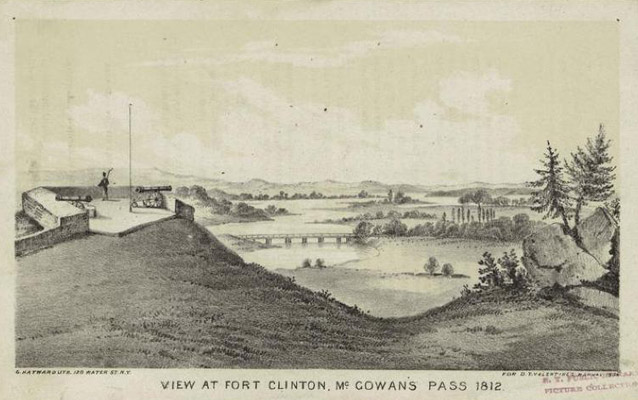Last updated: July 28, 2025
Place
Southwest Battery (Castle Clinton)

As tensions between the United States and Great Britan built in 1807 and 1808, American harbor cities began building forts for protection. New York, with a large natural harbor, significant economic interests and a Revolutionary War history of British invasion, was no exception. Four forts were built before 1811 to add to another dozen forts already in existance.
The Southwest Battery was constructed on the rocks off the tip of Manhattan between 1808 and 1811. The fort was fully armed with 28 cannons. Each cannon could shoot a 32 pound cannonball a distance of 1.5 miles, about the distance the Statue of Liberty National Monument is from lower Manhattan today.
This combined defense ensured that there was no possible approach by sea to the island of Manhattan. Indeed, the defense was so good that it wasn't needed – none of New York's harbor defense forts, including the Southwest Battery, fired a shot throughout the War of 1812.
In 1817, the fort was renamed Castle Clinton in honor of Dewitt Clinton, Mayor and later Governor of New York. The Castle has enjoyed a long and ecclectic history after its use as a fort ended, repurposed as a world-class entertainment venue, an immigration processing station prior to the opening of Ellis Island, and an aquarium. It was preserved as a National Monument in 1975, and today receives over 3 million visitors annually.
